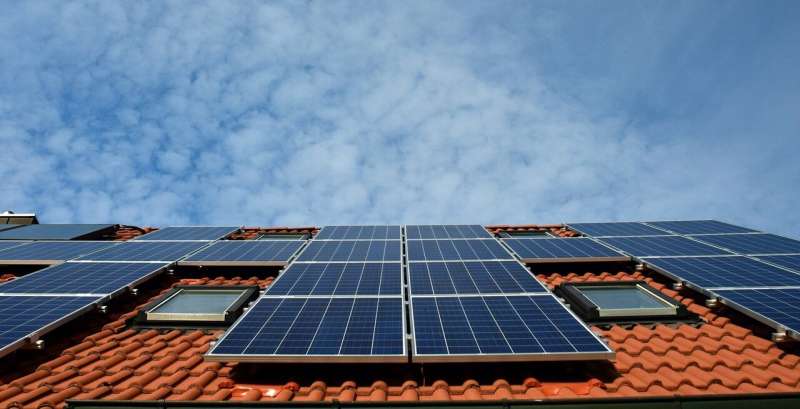Graphene boosts perovskite single crystal photodetector performance

Due to the wide application of photodetectors in fields including optical communication, environmental monitoring, and image sensing, research for developing highly efficient photodetectors has attracted extensive attention in recent decades. Since 2009, methyl ammonium lead halide (CH3NH3PbX3, X=halogen) perovskites have become a hot topic in material science for light collection in photodetectors.
At present, the performance of photodetectors based on perovskite polycrystalline thin films is still at a certain distance from the expected value. One reason is that the carrier transport at the interface is easily affected by grain boundaries and grain defects. Many research groups have tried to combine perovskite polycrystalline thin films with high-mobility, two-dimensional materials to improve device performance, and have achieved promising results, but the negative effects of perovskite polycrystalline grain boundaries still remain.
To solve this problem, a team led by Assoc. Prof. Yu Weili from Changchun Institute of Optics, Fine Mechanics and Physics (CIOMP) of the Chinese Academy of Sciences, and Prof. GUO Chunlei from the University of Rochester synthesized a low-surface-defect-density CH3NH3PbBr3 microplate through the inverse temperature crystallization strategy. They prepared an effective vertical structure photodetector combining a high-quality perovskite single crystal with monolayer graphene with high carrier mobility.
The vertical photodetectors made with these CH3NH3PbBr3 microplates and monolayer graphene exhibit excellent light response performance with high light responsivity (≈1017.1 AW-1), high light detectivity (≈2.02×1013 Jones) and ultrahigh gain of 2.37 × 103 under 532 nm laser irradiation at room temperature. The parameters are approximately one order of magnitude larger than that of the photodetectors without monolayer graphene.
Carrier ultrafast kinetics studies have shown that the improvement in device performance is mainly due to the increased lifetime of perovskite carriers of high-quality perovskite crystals and the effective extraction and transport of free charge by graphene.
The significantly improved device performance after combining the perovskite microplate with the two-dimensional graphene is believed to be closely related to the operational synergy of the two materials in carrier generation and transportation. This emphasizes the role of device structure and energy band design in device optimization, and reveals the mechanism of effective carrier extraction and transmission.
This study, published in Small, provides a novel strategy for the preparation of high-performance perovskite photodetectors, and will play a key role in promoting the research and development of perovskite two-dimensional composite photovoltaic devices.
More information: Yuting Zou et al. A Highly Sensitive Single Crystal Perovskite–Graphene Hybrid Vertical Photodetector, Small (2020). DOI: 10.1002/smll.202000733
Journal information: Small
Provided by Chinese Academy of Sciences





















